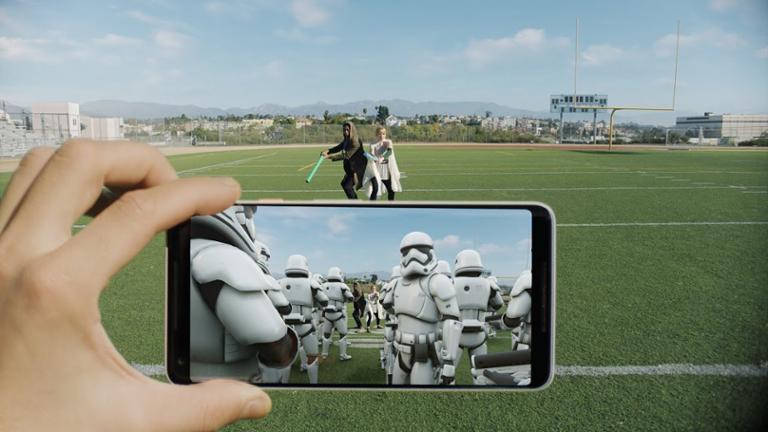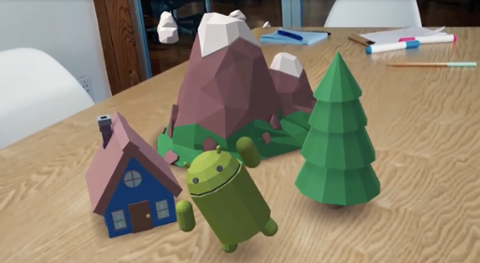These Google ARCore Lessons Can Teach You Augmented Reality
Interested in creating augmented reality (AR) apps and games? Google is offering a free introductory lesson in the technology via Coursera. There’s just one little (and inevitable) catch: Google’s coursework focuses on ARCore, its augmented-reality toolkit for Android devices. If you want to learn other AR platforms, such as Apple’s ARKit (for iOS devices), you’ll have to head elsewhere; but at least Google’s course teaches some basic AR concepts such as making digital objects behave realistically in a physical environment. (For those totally new to the concept, augmented reality superimposes digital holograms over the viewer’s real-life environment, usually via a headset or phone screen; it’s very different than virtual reality (VR), in which the user is immersed in a completely digital environment, even though AR and VR are often lumped together.) Google promises that augmented-reality experiences developed with ARCore will work on over 100 million Android devices around the world, including 13 different smartphone models (including Google’s Pixel line, Samsung’s latest Galaxy devices, LGE’s V30 and V30+, ASUS Zenfone AR, and OnePlus’s OnePlus 5). So if you want to actually build ARCore-based apps, at least there’ll be a market for your eventual product. As part of getting up to speed on ARCore, the coursework also touches on the Unity game development engine, which is used for a variety of gaming platforms (and thus is a good thing to learn, if you’re interested in the gaming world), and Google Poly, a hub for 3D objects and landscapes. “If you don’t have prior knowledge or experience in AR, this class was specifically designed with you in mind,” reads Google’s blog posting about the Coursera program. “The course takes about 15 hours to complete, and at the end you will have learned the basics of AR technology—what it is, how to design an AR experience, and how to get started with building your own project using Google's ARCore development kit and tools like Poly.” And if you’re interested in building for platforms beyond Android, you’ll need to pursue other avenues of education. For example, if you want to build an AR app for iPhones and iPads, Apple offers a handy walkthrough.


